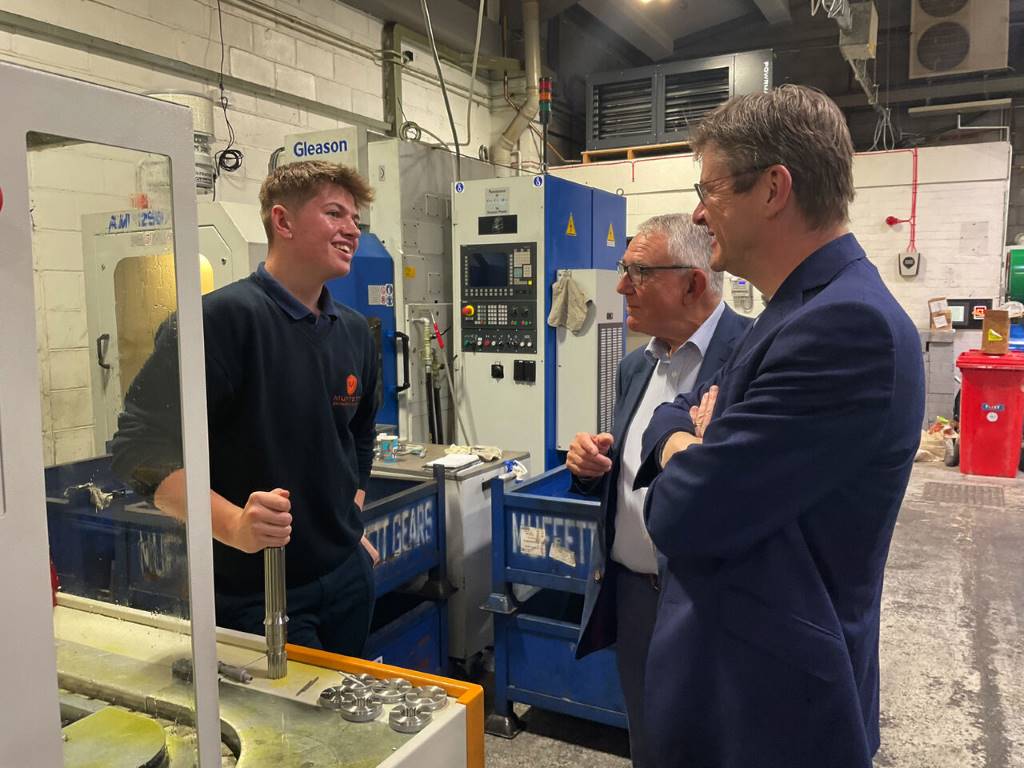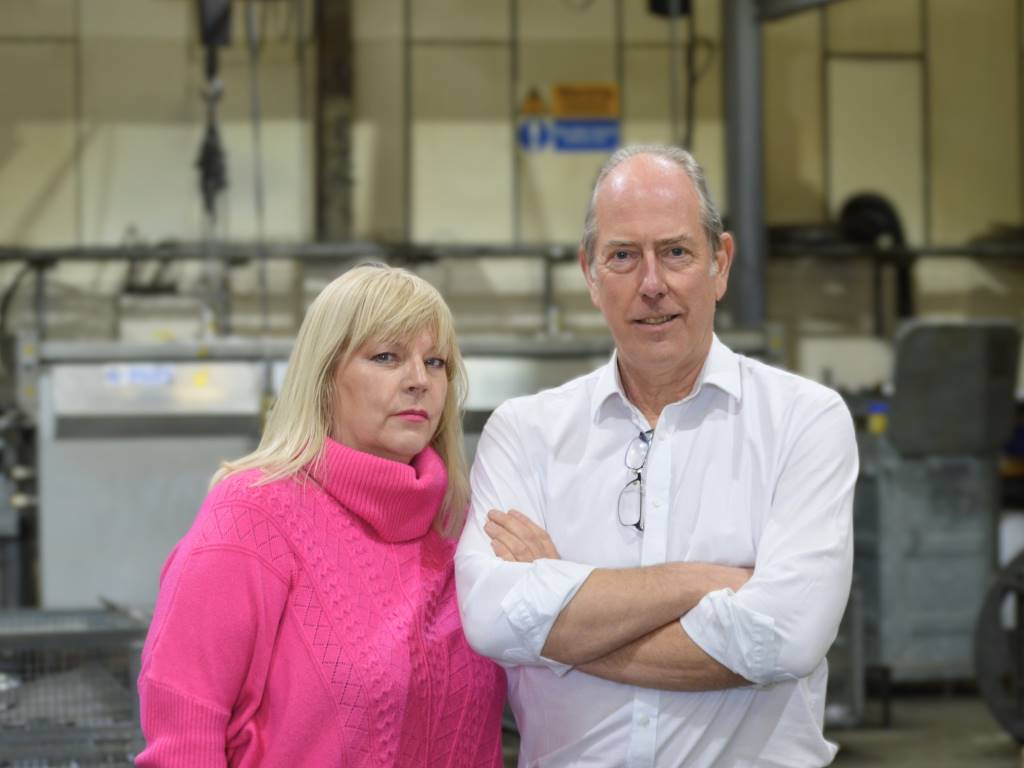Complex forms? No problem

CAD/CAM software developer Tebis’ 5-axis roughing has been designed for a simple and fast roughing operation that removes the maximum amount of material in a single operation by utilising full 5-axis motion. There is a significant time saving on the operation when machining on non-linear areas.
Andrew Walters, application engineer from Tebis UK explains: “Traditionally roughing would employ small step-downs with a larger width of a cut calculated in a water-line fashion method. With Tebis we use a 5-axis simultaneous motion to allow us to get down into complex forms. In addition to the traditional water line method, Tebis can use adaptive roughing.”
As well as an increase in tool life and operational accuracy by giving a more consistent volume of roughed material on a part, the finishing tools need to do less work. An additional benefit of this process is a more consistent volume of roughed material on a part.
Tebis CAD/CAM is capable of utilising 5-axis adaptive roughing in a conventional milling environment, but it can also apply advanced 5-axis roughing strategies to mill/turn machines as well. By applying these operations in turn/mill processes, Tebis maximises material removal and tool life whilst minimising cut time.
Mr Walters adds: “In most CAM systems it is necessary to create a control surface when programming 5-axis machining operations but in Tebis CAD/CAM this function is automatic, with the control surface being created in the background by selecting only the surface you wish to machine.

“This provides highly accurate creation of vectors for controlling tool and head direction. There is no need to switch between CAD and CAM packages which saves time by not having to create the control surface data. Consistency and accuracy is also enhanced.”
The software is capable of using template and automation in 5-axis which is able to give consistent toolpaths and cutting conditions by using standardised parameters. This way all output programs are using the same stepovers, lead ins/outs and safety clearances. Tebis offers reliable processes and makes quality highly controllable and repeatable.
Tebis software uses virtual technology at three stages of the process: planning, programming and verification. In planning, the machine operator needs to know if a component which is planned to be machined will fit on the machine bed. This can be checked along with the optimum set-up position for the tool tilt directions and tool lengths required. If this is not done like other systems, machine limits will most likely be hit.
For programming, Tebis CAD/CAM uses the virtual machine for calculation of toolpaths as it contains the machine rotational limits. It is possible to see when programming if a toolpath angle can be achieved on a 5-axis machine. Tebis will not allow creation of a toolpath which is not achievable in reality.
The last of the three stages of the verification process is the toolpath checking. This prevents any collisions, not just against the cutting tool and a component but the whole machine – its limits, shields, barriers, fixtures and any other component set-up on the machine at the same time. If there is a problem, it is easy to modify and recheck during the programming process.
Mr Walters concludes: “Other software companies are unable to check the connection between toolpaths. Once the toolpaths are completed, the machine takes over the control, rotates and repositions the tool correctly.
“Tebis software has the full control over the movements between the end and the beginning the next toolpath. These are fully programmed, controlled and fully verified in the virtual machining technology”.
Tebis (UK) www.tebis.com













